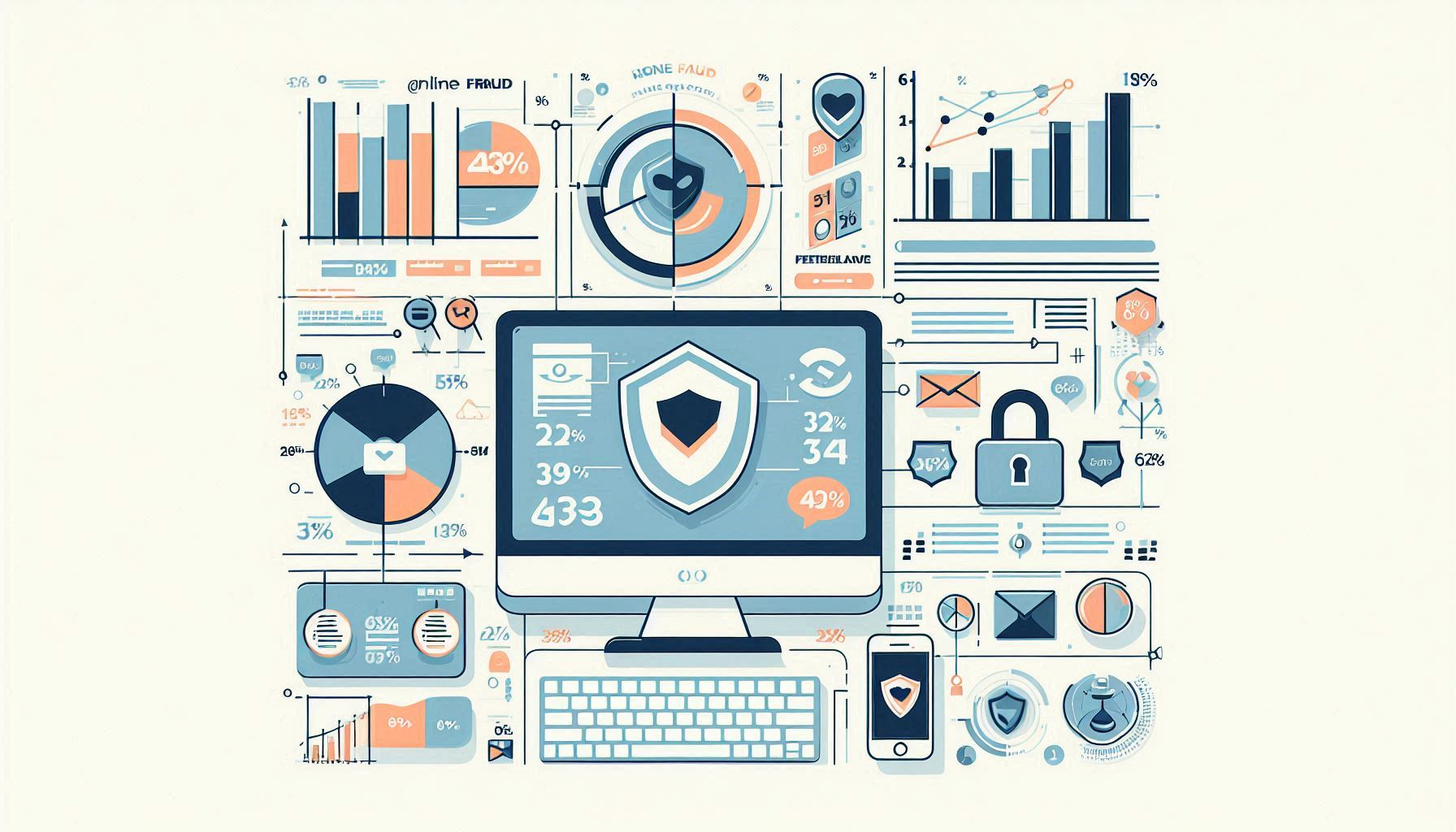
Shocking Fraud Statistics Every SaaS Business Should Know
OnSefy Team
Jun 17, 2025
In the fast-evolving world of SaaS, fraud isn’t just a threat—it’s a measurable reality.
Behind every fake signup or account takeover is a pattern, a trend, and a growing dataset that can help businesses understand the true scope of the threat.
In this post, we’ll dive into real statistics from recent industry reports and data studies to better understand the landscape of digital fraud in 2025—and why it’s more important than ever to take it seriously.
The Rise of Fraud in SaaS
Digital fraud has exploded over the past five years. With more people online, more services in the cloud, and more data flowing between systems, malicious actors are exploiting every opportunity.
Here are some of the most eye-opening fraud statistics:
📈 1. Fake Signups Are the #1 Fraud Entry Point
52% of fraud in SaaS apps starts with a fake signup.
These accounts are often created using disposable emails, virtual phone numbers, and masked IPs.
Many of these accounts sit dormant until used for spam, abuse, or phishing.
🤖 2. Bots Account for Over Half of Web Traffic
64% of web traffic in early 2025 was automated—generated by bots, crawlers, and scripts.
While not all bots are malicious, 21% of this traffic came from known bad bots—used for scraping, credential stuffing, or abuse.
🕵️ 3. One in 5 Logins Is a Credential-Stuffing Attempt
20% of login traffic is flagged as suspicious or abusive.
Most of these attempts use credentials leaked in past data breaches.
In many cases, attackers target multiple SaaS apps using the same leaked user-password combinations.
🌍 4. Risky IPs Are Highly Concentrated
Top 10 countries account for 88% of risky IP addresses seen in fake signups.
These include hosting providers and VPN exit nodes commonly abused for fraud.
📧 5. Disposable Emails Are a Growing Problem
Over 33% of new accounts in freemium SaaS platforms use temporary or disposable email domains.
These domains make it nearly impossible to verify users or re-engage them.
🛡️ 6. Fraud Costs More Than Just Revenue
Fraud eats away at more than just money:
- 30% of customer support time is spent handling issues related to suspicious activity or fake users.
- 1 in 10 SaaS startups report infrastructure costs rising due to fake user load.
What These Numbers Mean for Your App
Fraud is no longer a fringe issue—it’s a systemic challenge that touches every part of a business:
- Engineering teams must deal with abuse at scale.
- Customer success loses time and trust.
- Marketing analytics get skewed by bot traffic.
- Finance pays for infrastructure supporting fake users.
And worst of all: fraud wastes resources that could be invested in real users.
Best Practices in Light of the Data
Here’s what businesses can do based on the trends:
- Treat every signup as a potential fraud vector.
- Monitor email quality and domain reputation.
- Track login patterns by IP, device, and geolocation.
- Use CAPTCHA, rate limiting, and behavioral analysis.
- Regularly audit your traffic and user data for anomalies.
Final Thoughts
The numbers speak for themselves: fraud is more sophisticated, more widespread, and more impactful than ever before.
SaaS platforms, regardless of size, should look at these statistics as a wake-up call. Understanding the data is the first step toward a secure and sustainable growth path.